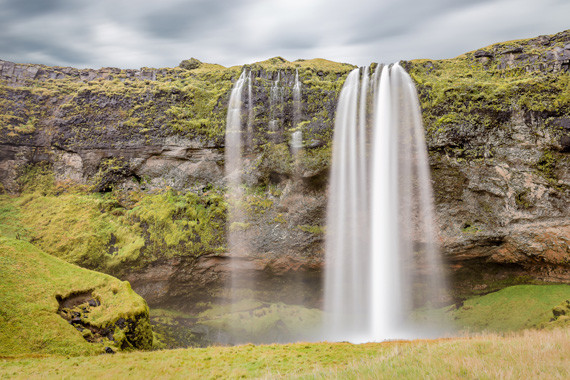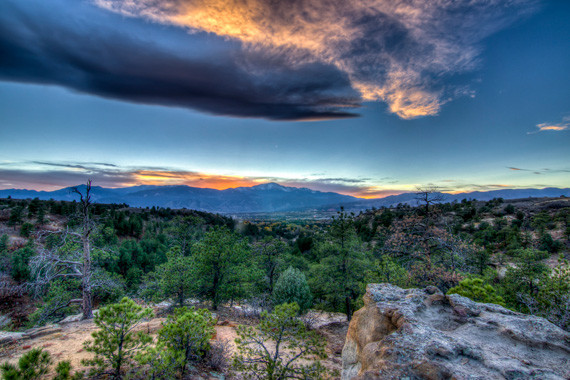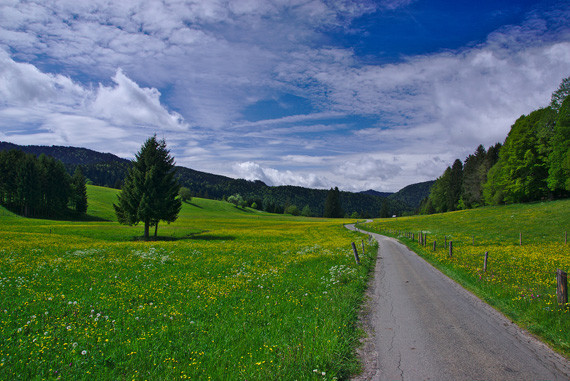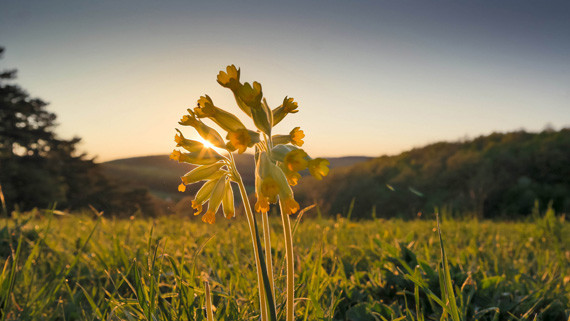Landscape photography is a favorite genre amongst many photographers, including me. And if composed and executed properly, it can give astounding results. In fact there are so many top photographers who have contributed so much to the genre of landscape photography that it has now grown to have a life of its own. Leaving aside all of this, what is landscape photography?
Landscape photography is simply photography of landscapes. It could be a snow clad mountain, a meandering river, a beautiful rainbow, a crimson red sunset or a placid lake. Whatever be the scene, there are certain rules—or rather guidelines—you must keep in mind when you take those stunning pictures.

Photo by Vincent Moschetti.
1. Angle of View. This is a major criterion. If you want really good photos, then you will need to get as much of the landscape in your frame as possible. This can get troublesome if you’re using a point and shoot or a standard zoom lens. These lenses have a narrow angle of view and won’t be able to capture the entire landscape in your frame. In a point and shoot there is not much you can do except use the panorama mode. If you own a DSLR or similar, then you can use a specialized wide angle lenses. A good wide angle focal length for landscapes is generally between 14mm and 35mm.

Photo by Joel Tonyan; multiple exposures.
2. Time of Shoot. This is very vital. The best time for landscape photography is either dawn or dusk. The problem with bright day light is that it can produce a lot of glare and can give your photos a washed out appearance. This can be rectified by using a circular polarizer. However, remember that using a polarizer will reduce the amount of light entering the sensor.
3. Subject in the Foreground. Make sure to get a subject in the foreground. This could be a tree, or boat, or anything appropriate to the scene. This will give greater depth to your photos and make for a better composition.

Photo by Zoltán Vörös; ISO 100, f/9, 1/80 exposure.
4. Leading Lines. Lastly, this is a super trick to improve the appearance of you photos. Look for a road or meandering river and compose your picture in such a way that this road or river seems to either enter or leave the photo. This gives a great aesthetic appeal to the photo and leads the viewer’s eyes through the image.
About the Author:
Dr. Sriram Ravichandran is an avid photographer and very fond of wildlife and landscape photography. He is also very active on the conservation scene and is actively involved in conservation efforts directed at the big cats of India: tigers and lions.
Go to full article: 4 Critical Guidelines to Great Landscape Photography
What are your thoughts on this article? Join the discussion on Facebook
PictureCorrect subscribers can also learn more today with our #1 bestseller: The Photography Tutorial eBook
The post 4 Critical Guidelines to Great Landscape Photography appeared first on PictureCorrect.
